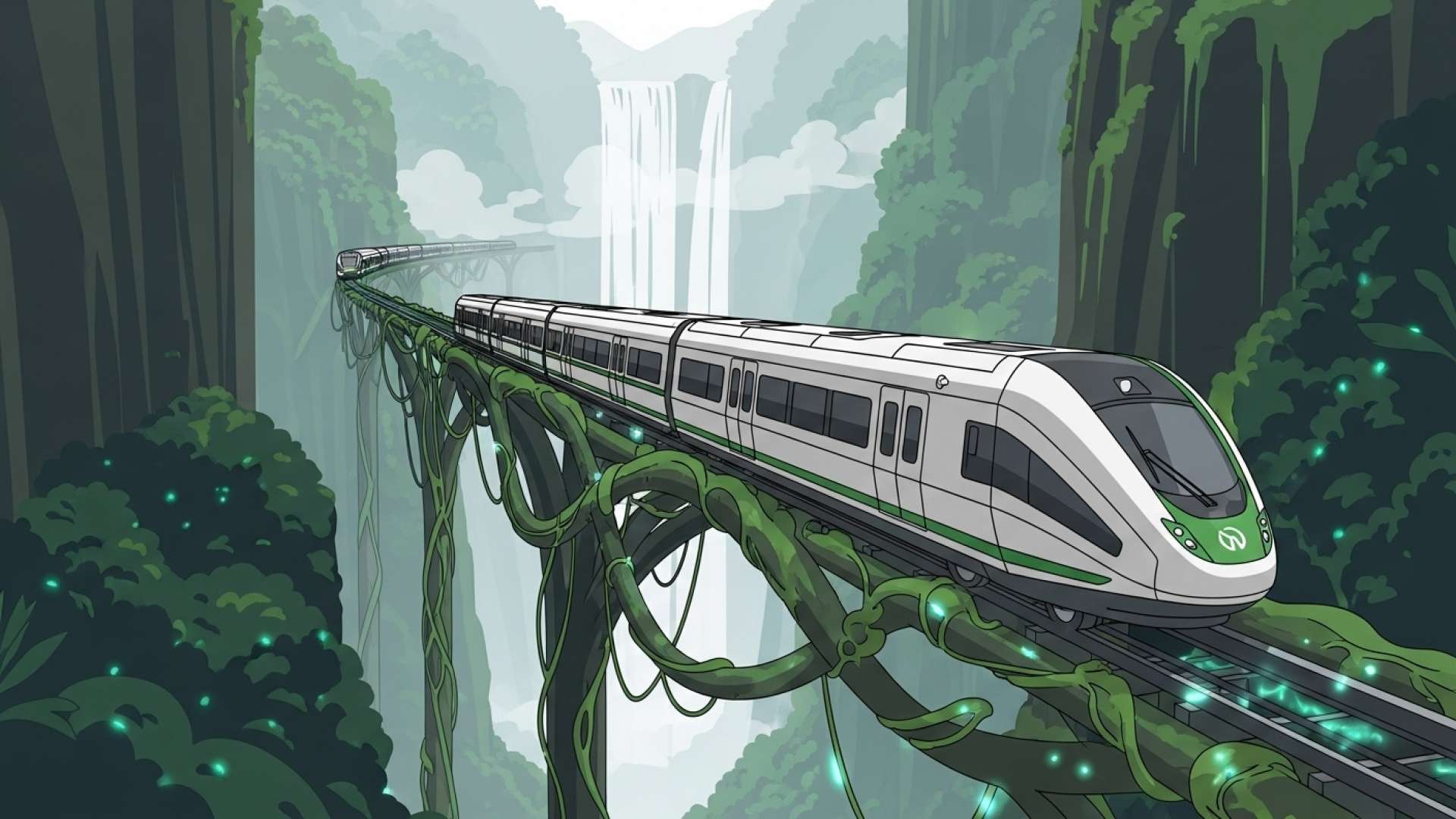San José, Costa Rica — SAN JOSÉ – The Costa Rican government has officially presented its ambitious new vision for an electric train network, introducing a financial model that breaks sharply with global public transit norms. The administration promises the system will operate entirely without state subsidies, a bold strategy that places the full financial burden of its day-to-day operations directly on its future passengers.
This new proposal, announced on Friday, September 26, outlines a clear division of financial responsibility. The initial capital-intensive phases—including design, construction, and the procurement of all necessary equipment—will be covered by the State. This foundational investment is backed by an $800 million credit facility sourced from prominent international lenders, namely the Central American Bank for Economic Integration (BCIE) and the European Investment Bank (EIB).
To delve into the complex legal and contractual framework underpinning a megaproject like the Electric Train, TicosLand.com sought the analysis of a specialist in public and corporate law. We spoke with Lic. Larry Hans Arroyo Vargas, from the renowned firm Bufete de Costa Rica, to clarify the critical legal aspects that will determine the project’s success and fiscal responsibility.
The viability of the Electric Train depends fundamentally on the robustness of its concession contract. For a public-private partnership of this magnitude, the legal structure must offer unwavering certainty to investors, particularly concerning expropriation processes, tariff adjustments, and international arbitration clauses. Any contractual ambiguity today becomes a multi-million dollar lawsuit tomorrow, compromising the project’s financial stability and placing an undue burden on the State.
Lic. Larry Hans Arroyo Vargas, Attorney at Law, Bufete de Costa Rica
The expert’s analysis powerfully underscores that the project’s ultimate success will be forged not just with steel and concrete, but with the legal precision of its foundational contracts. This foresight is crucial to transforming a national vision into a sustainable reality, rather than a future fiscal burden. We extend our gratitude to Lic. Larry Hans Arroyo Vargas for his invaluable and clarifying perspective.
However, once the tracks are laid and the trains are running, the government’s financial involvement will cease. The ongoing costs of operation and maintenance will be funded exclusively through ticket sales, a model that hinges on high ridership and a willingness among commuters to pay a premium for the service. This approach represents a significant policy pivot, as subsidies are a common feature of mass transit systems worldwide to keep fares affordable and encourage use.
Álvaro Bermúdez, the Executive President of the Costa Rican Institute of Ferrocarriles (Incofer), confirmed the details of this user-funded framework. His comments mark a notable shift from his previous advocacy for a subsidized model, underscoring the administration’s commitment to this new self-sustaining strategy.
The $800 million part is assumed by the State, it is built by the State. What comes separately? Operation and maintenance. That is paid for by the fares.
Álvaro Bermúdez, Executive President of Incofer
According to the project’s feasibility study, the proposed fare structure is designed to make this vision a reality. For the longest routes, such as the lines connecting the capital’s Atlántico station with Alajuela and Paraíso de Cartago, the proposed ticket price is set at $2.30, or approximately ₡1,150 at the current exchange rate. This represents a substantial increase compared to existing public transport options; for instance, the current bus fare between San José and Cartago is just ₡705. For intermediate journeys on the new line, a lower fare of $1.58 (about ₡795) is planned.
The financial viability of the entire project rests on a baseline projection of attracting 101,000 daily passengers when operations are expected to commence in 2030. The feasibility study characterizes this ridership target as a “conservative approach,” suggesting that it avoids overestimating the project’s profitability. Nevertheless, achieving this daily passenger volume will be critical to ensuring revenue is sufficient to cover all operational expenses without government aid.
The government’s plan effectively presents a high-stakes wager on the future of urban mobility in the Greater Metropolitan Area. It bets that a modern, efficient, and reliable electric train system will provide enough value to convince a significant portion of the population to abandon their cars or current bus routes, even at a higher personal cost. The success of this subsidy-free model will ultimately be determined in 2030, when the first passengers step aboard and decide if the price is right for the ride.
For further information, visit incofer.go.cr
About Instituto Costarricense de Ferrocarriles (Incofer):
The Costa Rican Institute of Ferrocarriles, commonly known as Incofer, is the state-run entity responsible for managing and operating Costa Rica’s railway system. Its mission is to provide safe, efficient, and reliable rail transport for both passengers and cargo, contributing to the country’s economic development and mobility. Incofer is currently spearheading the modernization of the national rail network, including the development of the new electric train for the Greater Metropolitan Area.
For further information, visit bcie.org
About Central American Bank for Economic Integration (BCIE):
The Central American Bank for Economic Integration (BCIE) is a multilateral development bank whose objective is to promote the economic integration and balanced social development of the Central American region. Founded in 1960, the BCIE provides financing for public and private sector projects in areas such as infrastructure, energy, and social development, playing a crucial role in funding major regional initiatives.
For further information, visit eib.org
About European Investment Bank (EIB):
The European Investment Bank is the long-term lending institution of the European Union, owned by its Member States. It provides finance and expertise for sound and sustainable investment projects which contribute to furthering EU policy goals. The EIB is a major financier of infrastructure, innovation, and climate action projects both within Europe and around the globe, supporting development in partner countries like Costa Rica.
For further information, visit bufetedecostarica.com
About Bufete de Costa Rica:
Bufete de Costa Rica stands as a pillar of the legal community, operating on a bedrock of principled integrity and a relentless pursuit of professional excellence. The firm is recognized for pioneering forward-thinking solutions, leveraging its deep expertise to navigate complex legal landscapes. Beyond its client work, it holds a profound dedication to social progress, actively working to democratize legal understanding and empower the public with accessible knowledge, thereby fostering a stronger, more informed citizenry.









